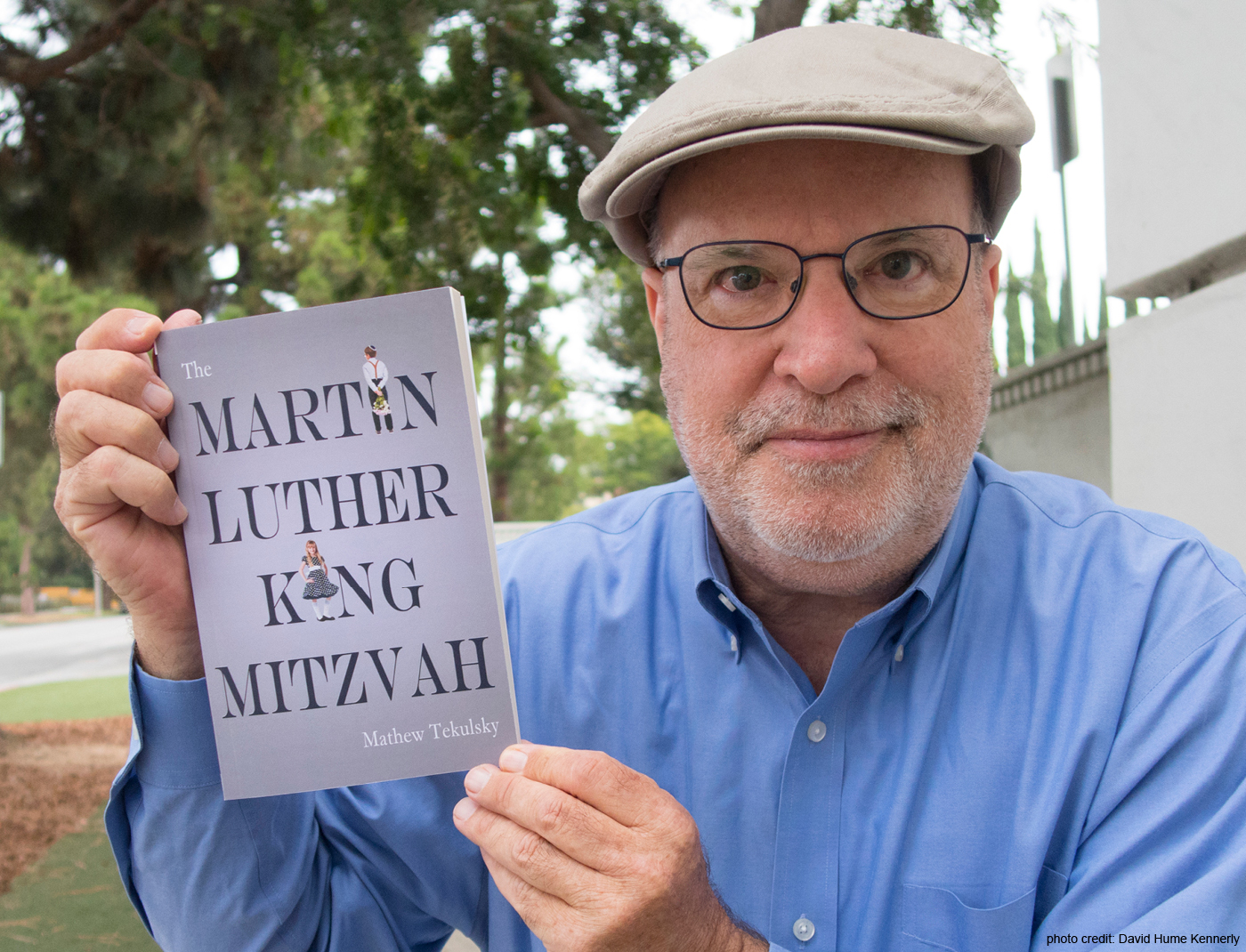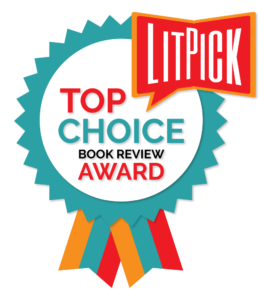The Green Heron in El Estero
“As I left the beach and descended the low railway embankment to the Estero, some large wading-bird…was approaching at a good height from the opposite direction. It described a circle or two, reconnoitering, and then dropped into the middle of a large open pool so shallow that the black water barely covered its toes.”
So wrote naturalist Bradford Torrey in 1913 (in his book Field-Days in California) about the estuary (i.e. estero) in Santa Barbara that existed across from the beach on the east side of town. He was describing the arrival of a Marbled Godwit, and he proceeded to tell of Willets; Western Sandpipers; Least Sandpipers; Snowy Plovers; Killdeer; Red, Wilson’s, and Northern Phalaropes; Greater or Lesser Yellowlegs (even he wasn’t sure!); Black-bellied Plovers; and Ruddy Turnstones in the “black water” of the Estero.
I decided to retrace Torrey’s steps one day in early January, and upon arriving at the site where El Estero would have been, I discovered the El Estero Wastewater Treatment Plant of the city of Santa Barbara. On the west side of the plant grounds runs the beautiful Laguna Creek (or “Channel”), on its last legs to the ocean. I set up my camera here to see what I could see, and lo and behold, twenty feet down the banks of the creek, amid the reeds and the “black water,” I found a majestic Green Heron staring back at me.
Now, this Green Heron was standing on a thick stem just above the water, but he paused long enough in his hunting to let me run off a few photos. At one point, he stretched his neck out and his body took on the posture of a Great Blue Heron, albeit smaller. Then he pulled back into his more recognizable compact form. In another shot, he was looking directly at the camera, and in another, his beak was partly opened and it looked to me as if he were actually smiling! What a character!
Eventually, he walked off calmly into the cover of the vegetation, but I had had my moment. In the meantime, the creek was awash with the activity of other birds, such as the Song Sparrow, Common Yellowthroat, Black Phoebe, Anna’s Hummingbird, Yellow-rumped Warbler, and Ruby-crowned Kinglet. And later in the afternoon, a Snowy Egret made a noisy landing in the creek, screeching in the way that Snowy Egrets do when they want to be noticed.
The nice folks at the wastewater treatment plant informed me that many birds forage for food on top of the treatment tanks, including ducks, gulls, Black-crowned Night-Herons, Belted Kingfishers, Snowy Egrets, and even the occasional Great Blue Heron. (Ducks and gulls especially swim in the water.) I took a tour of these open tanks and saw plenty of European Starlings perching on the metal rails that lined the surface of the water. Rock Doves also visit these tanks and are sometimes attacked by Cooper’s or Red-shouldered Hawks. Of course, the American Crow often flies over the plant as well, searching for food.
Across the railroad tracks from the plant lies Chase Palm Park, through which Laguna Creek flows to the sea. A display sign in the park reads, “Laguna Creek is a small remnant of a large wetland, El Estero, that once covered most of the east side of the present city of Santa Barbara. The wetland was filled in as the city was built. Although this wetland area has been reduced in size over time, efforts were made to recreate a natural riparian habitat here when the public park was developed. The channel has been widened and the banks returned to a more natural slope and planted with typical local, native plants.”
I thank the city of Santa Barbara for preserving the creek, and I’m sure the Green Heron does as well.



